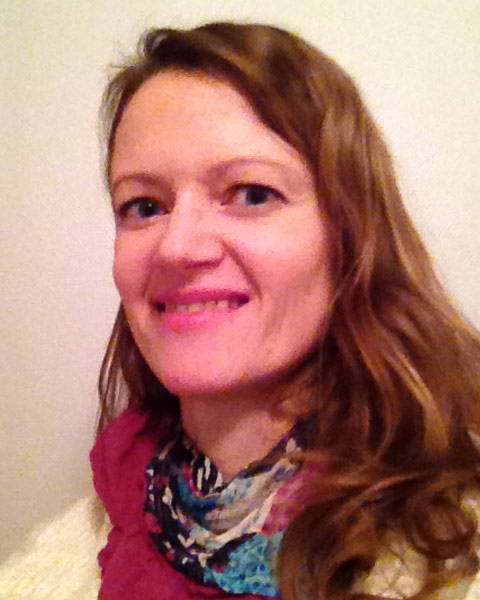
Assay Development and Screening
Benefit of incorporating an integrated software solution to link assay design with automated liquid handling and data analysis

Helena Peilot Sjogren, PhD, n/a
Associate Principal Scientist
AstraZeneca R&D
Gothenburg, Vastra Gotaland, Sweden
Primary Author - December Poster(s)
High quality and robust biochemical and cellular assays are critical for drug discovery campaigns, and the development of such assays is a multifactorial and complex process. With the ambition to improve both assay quality and robustness whilst decreasing timelines and cost, a focused effort was made to investigate the value of an integrated software solution to link assay design with experimental execution and data analysis in the assay development process.
Design of experiments (DoE) is an established systematic approach that applies a statistical framework to meet a pre-established study goal. One type of DoE, called a high density experimentation (HDE) or space filling design, uniformly investigates each experimental factor simultaneously, and is typically used to investigate non-linear biological processes. Executing an HDE with, say, 5 experimental factors (e.g., incubation time, incubation temperature, media concentration, cell density, initial pH) by hand is usually not feasible and to program a suitable liquid handler is challenging and time consuming. As a result, the threshold from experiment design to execution and analysis of complex experiments in the assay development process is high.
These barriers can be lowered by software that empowers scientists to easily create and share automated workflows, without requiring programming or automation expertise. Synthace have developed a solution with their Synthace platform, which creates a flexible and intuitive toolkit for building simple and complex automation protocols (Synthace Ltd).
In this talk we will describe how we evaluated workflows using the Synthace platform as an interface between complex DoE (JMP software, SAS Institute Inc) and HDE experiment designs (In house generated Excel tools, Microsoft) into automated instructions for the dragonfly® discovery liquid dispenser (SPT Labtech). Various workflows were applied to six different cell-based and biochemical assays to determine if we could improve assay variability, assay window, transfection efficiency, reduced timelines, reduced consumables, and reduced costs whilst having a platform that is user friendly. We found we were able to significantly improve our assay development process through the application of DoE or HDE and the use of the Dragonfly dispenser and we found that we were able to significantly improve on several of these aspects in all six cases.
 View Leader Board
View Leader Board
SLAS Events

1st Prize - Comp Reg + Hotel/Airfare to SLAS2023 in San Diego
2nd Prize - $50 Starbucks Gift Card
3Rd Prize - $25 AMEX Gift Card
Keep an eye on the leader boards to see who’s at the TOP. Winners will be announced after SLAS2022.
Each participating poster in the exhibit hall will have a QR code next to it. For virtual participants, look for the scavenger hunt icon for participating posters.
